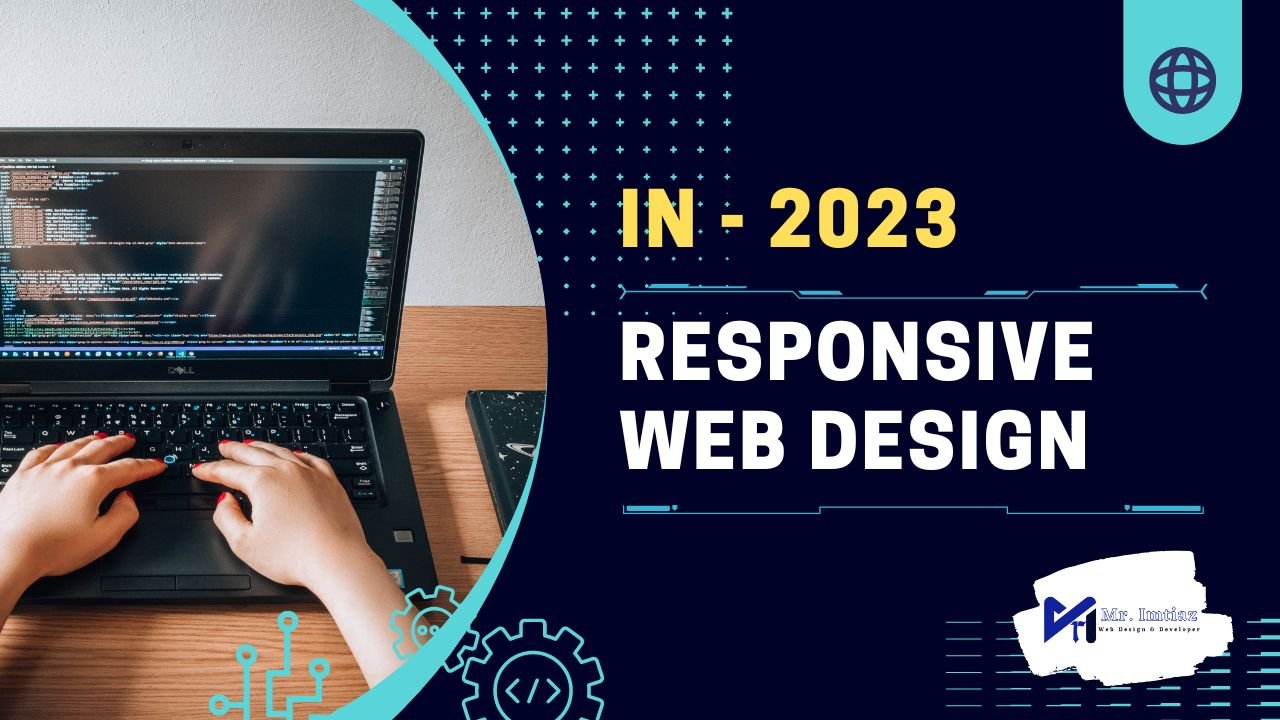Table of Contents
- Why Does Responsive Web Design Matter?
- Here are Six fast facts about responsive web design:
- How to responsive web design framework work
When we talk about responsive web design, there are lots of questions that arise in our mind. Responsive web design is a technique that allows you to create websites which are displayed correctly on any device (phone, tablet, computer), without doing any extra work.
Responsive web design is a new way of creating websites that are compatible with all devices, from smartphones to tablets to desktop computers.
With responsive web design, you don’t have to create separate sites for each device — one site can be used across multiple devices.
That’s why we call it “responsive” — it responds to the user’s screen size and resolution.
Responsive web design is a type of web design that uses fluid, flexible grids and layouts. It adapts to the device on which it is being viewed – whether that be a desktop PC, tablet or mobile phone.
Why Does Responsive Web Design Matter?
At its core, responsive web design was created to help designers create websites that worked across multiple devices. It has since evolved into something more and has become an integral part of modern web design. The benefits of a responsive website include:
Increased user engagement due to improved usability and better experience across different devices
Ability to save money by reducing development costs and maintenance overheads
Improved search engine ranking due to increased visibility on search engines such as Google and Bing
Responsive web design is a strategy for building websites that can be viewed on any device. It’s a trend that’s been gaining steam for the past few years and it’s not going away anytime soon.
Here are Six fast facts about responsive web design:
- It’s not just about mobile devices. Responsive design is more than just making sure your website looks good on mobile devices. It also caters to different screen resolutions, so your site will look good on desktop computers, laptops and tablets as well.
- Responsive web design isn’t new. Responsive design has been around since 2010 when Ethan Marcotte coined the term in his article “Responsive Web Design.” The concept has evolved since then, but the basic premise remains the same: build websites that adapt to any screen size across all devices, rather than designing separate sites for each type of device.
- You don’t have to do everything yourself (but you can if you want). Responsive web design frameworks like Bootstrap make it easy for developers to build responsive websites quickly by providing pre-made CSS code snippets, JavaScript libraries and templates with built-in functionality such as drop-down navigation menus or tabbed content sections.
- A responsive website is a website that looks good on any device. It should work well on a desktop computer, tablet and mobile phone. You can change the layout of your pages depending on the screen size of the device you are viewing it on.
- Responsive web design isn’t just for big businesses like Amazon or Target; it’s also for small businesses with limited budgets who need a way to expand their reach beyond desktop computers and laptops.
- Responsive web design is different from adaptive design (also known as mobile-first design) in that it allows for all devices — including desktops, laptops and tablets — to experience an optimal viewing experience based on the size of their screen resolution and orientation (landscape or portrait). Adaptive design focuses only on mobile devices such as smartphones. Click here for more information.
How to responsive web design framework work
A responsive web design framework is a set of HTML and CSS that allows you to build one website that can look good on any screen size.
The most important thing to remember about responsive design is that it’s not just about making things look good on mobile phones. It’s about making sure your site looks great on any device, from a large desktop computer to a small mobile phone.
Responsive web design is all about making sure your website looks good on every device. This means that the layout of your website will change depending on what device is being used to view it.
There are two main categories of responsive design: fluid grids and fixed grids. Fluid grid websites automatically adjust their layout based on different screen sizes while fixed grid websites have predefined layouts that don’t change no matter what screen size they are viewed on.
Responsive web design is a technique used to create a website that will respond to the size of the screen on which it’s being viewed. For example, if you’re viewing a website on your phone, the content will automatically adjust to fit on the screen. This saves time and money for businesses who want to be able to reach more customers through multiple devices.
Responsive web design has been around since 2010, when Ethan Marcotte coined the term “responsive web design” in an article in A List Apart magazine. Since then, responsive design has become an important part of any business’s marketing strategy.
With the number of companies that utilize Responsive Web Design on their websites going significantly up each year, the trend shows no signs of slowing down. By educating yourself on what a Responsive Web Design framework is and how you can benefit from incorporating a digital design agency into your project plans, you’ll be able to make the best possible decision for your business.


